The use of cosmetic surgery has been on the rise over the last few years. And this trend is expected to continue into the near future. No longer the domain of celebrities and the elite, cosmetic surgery is being embraced more and more by the general public. While women have long been the predominant users, what’s surprising is that an increasing number of men are embracing the idea that they too can benefit from cosmetic procedures. As male cosmetic surgery rises in popularity, it’s important for men to educate themselves on the variety treatments available before undergoing any procedure.
Cosmetic surgery can be broken down into two categories: surgical and non-surgical procedures. For men, the top 5 surgical procedures being performed are liposuction, eyelid surgery, breast reduction, nose surgery, liposuction, and tummy tucks. The top 5 non-surgical procedures include Botox and hyaluronic acid (filler) injections, laser hair removal, non-surgical fat reduction and chemical peels.
According to the American Society for Aesthetic Plastic Surgery, Americans spent $8.3 billion dollars for cosmetic procedures in 2018. While the percentage of procedures attributed to male cosmetic treatments is much less than that of their female counterparts, men accounted for approximately 362 thousand procedures performed last year.
While men do both surgical and non-surgical procedures, I have been fascinated about some of the non-surgical techniques. As technology has involved these procedures are producing some fantastic results with minimal downtime. I wanted to get a better understanding of these types of treatments so I spoke with Dr. Terrence Keaney, MD, FAAD of SkinDC Dermatology Center located just over the river in Arlington, DC. As an expert in his field, Dr. Keaney focuses on non-surgical techniques and is well versed on male cosmetic treatments. As he is considered an expert many of his female colleagues refer male patients to him. So who better to gain a better perspective of the industry?
Why are men now seeking treatments?
Dr. Keaney: Male interest in what I call male aesthetic awareness is increasing. Men are increasingly more aware of their appearance, which you see on the fashion side. Men are now more fashion conscious and more adventurous. When you talk about full appearance, your face is how you interact with the world. And so I think men are kind of coming around to that importance. They’re spending money on clothes and personal trainers for taking care of their health. But the face is also how they interact with the world and men are starting to realize this. Plus the way the industry has evolved. Now we have all these tools that have minimal downtime. Men are a little reluctant of going under the knife and doing these big traumatic procedures. However small little interventions performed over time that have minimal downtime appeal to men. And men are starting to learn about these procedures.
So why do men come to you in particular?
Dr. Keaney: There’s still somewhat of the stigma talking about these things. I think they feel comfortable talking with a male they can relate to and I can speak from experience. I do all of these procedures myself. So I think that is relatable as opposed to some of my colleagues are women and they may be intimidated talking about some of the concerns that have. That makes me appealing. I also do a lot of research and I publish and I lecture, internationally and nationally because for a while we didn’t know what kind of bothers men. What are the best ways to do these treatments in men because some of these treatments depend on the anatomy in the male and the facial anatomy is very different from women. So not only in facial anatomy in terms of structure but also the skin is very different. Men are oilier; we have hair in in our beard; we lose hair up top. Anatomically men are different and behaviorally men are different. So when we talk about these procedures when we’re approaching man, you have to keep all that in mind. I’ve really thought about that and published and lectured on it.
So what are the most frequent treatments that guys are coming to you for?
Dr. Keaney: There are four areas that guys are actually concerned with. It’s hair loss, looking tired, lower jawline changes and overall fat reduction in the body. Looking tired is all eye related changes that includes brows coming down, more puffiness and lines around your eyes. Lower jawline issues include jowling, increased fat around the jawline and the double chin. This is a little different from our female patients especially younger female patients who want their lips and cheeks larger. But when discussing with a new male patient, I touch upon these points and try to find out what’s really bothering them.
How do you approach the subject about having something done and altering the way they look?
Dr. Keaney: I think that’s something for both genders. The whole idea is we want to look natural. But natural is all relative. It’s natural to age. So what we’re doing in theory is kind of unnatural. We are trying not to look as old. But it’s all looking like yourself. Instead of natural it’s, ‘How do we make you look the best you,” which is not changing your anatomy drastically. If we change your anatomy drastically then we change your appearance. You look different and so that’s where I think non-surgical interventions can do that. We can do things in small little tweaks. We can soften muscle so you don’t create lines and wrinkles. We can improve your skin quality so you don’t have any brown spots or lines at rest. And yes we can use fillers. Fillers is where people get a little concerned because we’re changing shape, but we can use filler in an appropriate manner to restore shape that we previously had. Rather than to add shape where we never had it before. We know when people look unnatural when they get really huge cheeks sheets were they never had it or really big lips they never had, it that makes people look unnatural or they are doing massive reconstruction or facelifts. My job really is to prevent people from ever having to consider surgery.
So do you not recommend people from doing the big cheeks?
Dr. Keaney: It’s a slippery slope. Not everyone comes in asking for that right away. What happens is we do something and it looks great. And everyone adjusts their perception to this new youthful shape and they want to maintain it. And also people are on schedules. This is often what we see with fillers. We add filler to add some more cheek volume and people make an appointment to come back a year later. But some of these fillers last around two years. Since it’s only a year, they have a lot of product and they still want the same amount. It just kind of grows and it’s not like we did it all at once. And I do have some patients are completely normal. I say, you look great right now. We don’t want to add any more because you’re on that slope. If we had a little bit more then you shift from looking great to looking different.
Different is unnatural. Different mean someone notices it from a distance. My goal is to have your friends, family, people who don’t know you have procedures not notice and just think you look fantastic.
It’s funny; I’ve never really considered any male cosmetic treatments. Sure I’ve been to a dermatologist but it was because I had skin issues. I’ve always made fun of the lip injections and showing no emotion with too much Botox. But I have to admit that the idea of doing small tweaks to help me look the best me sounds quite appealing. So I’ve decided to give it a try. Next week, I’ll share my experience.
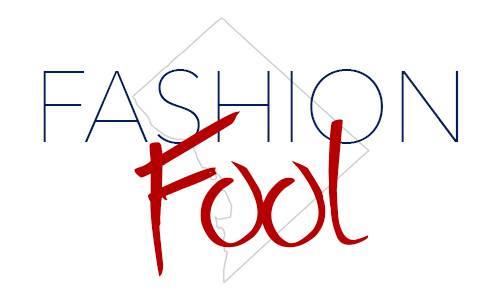

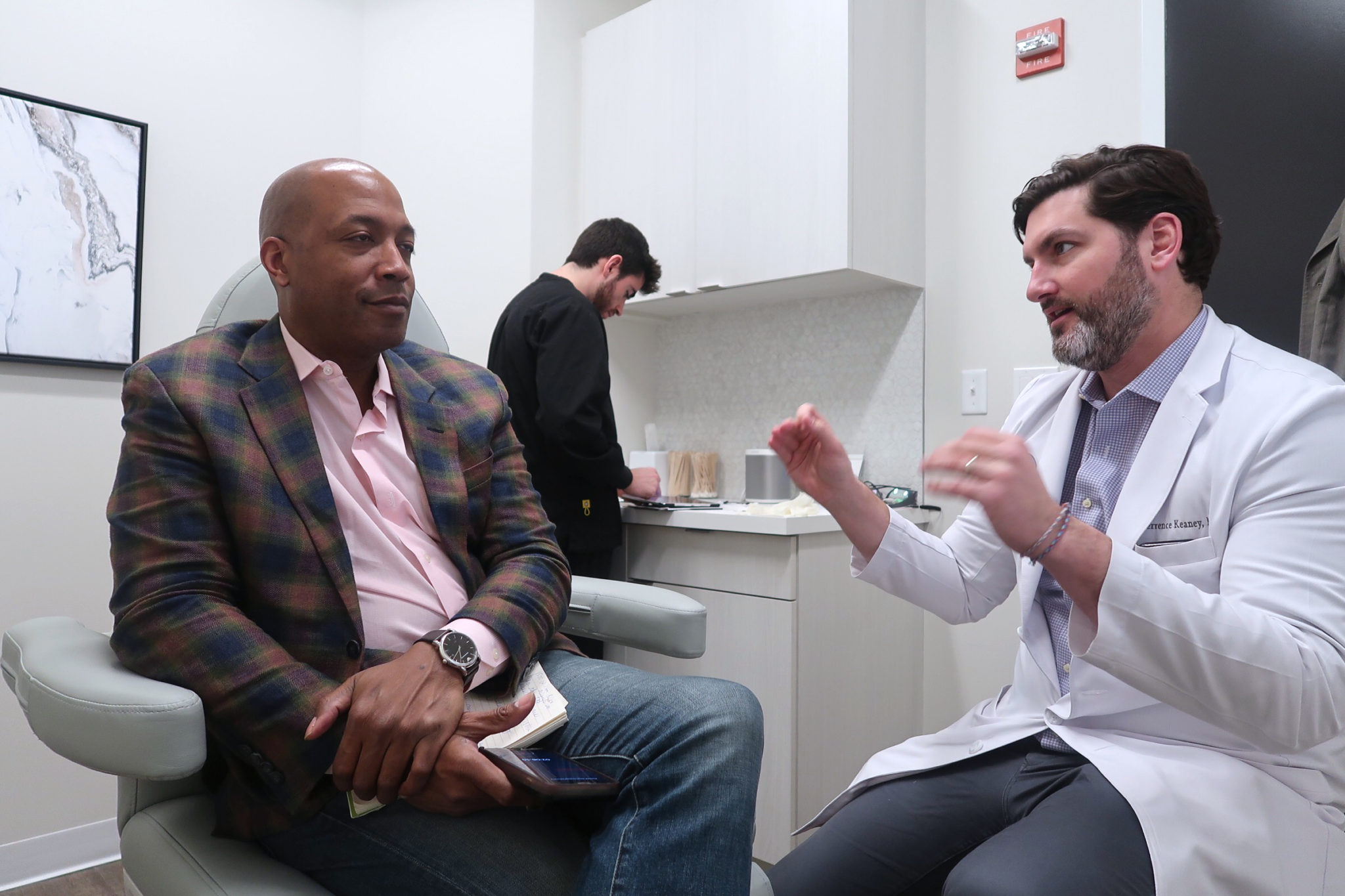
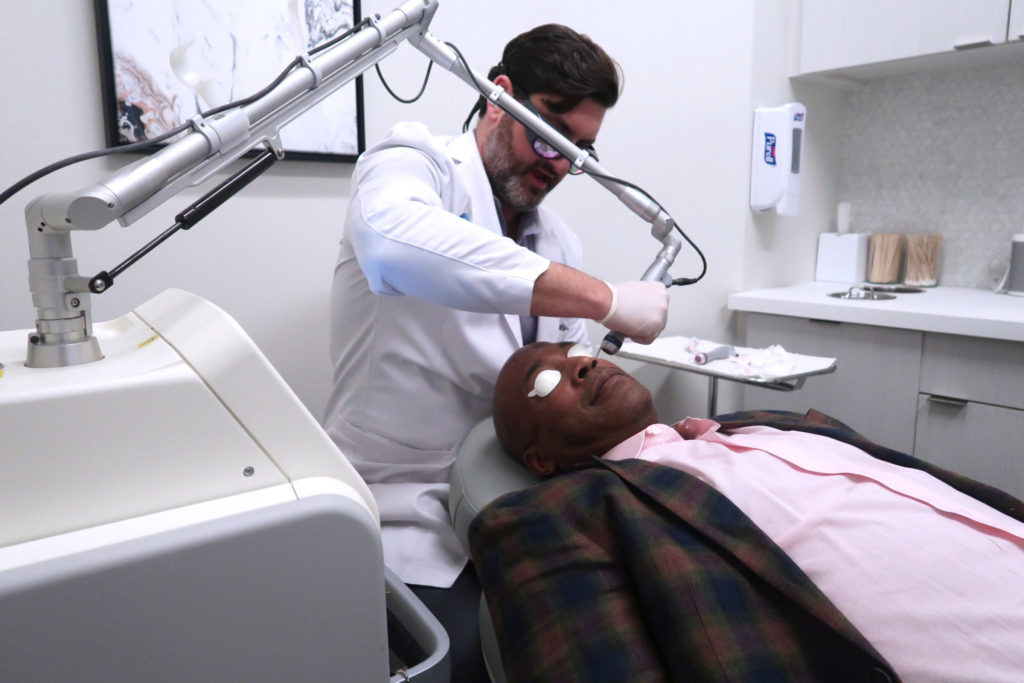
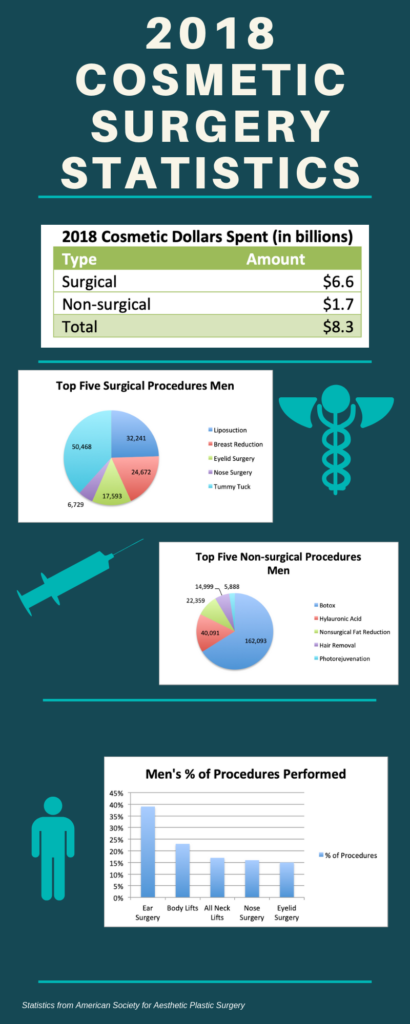
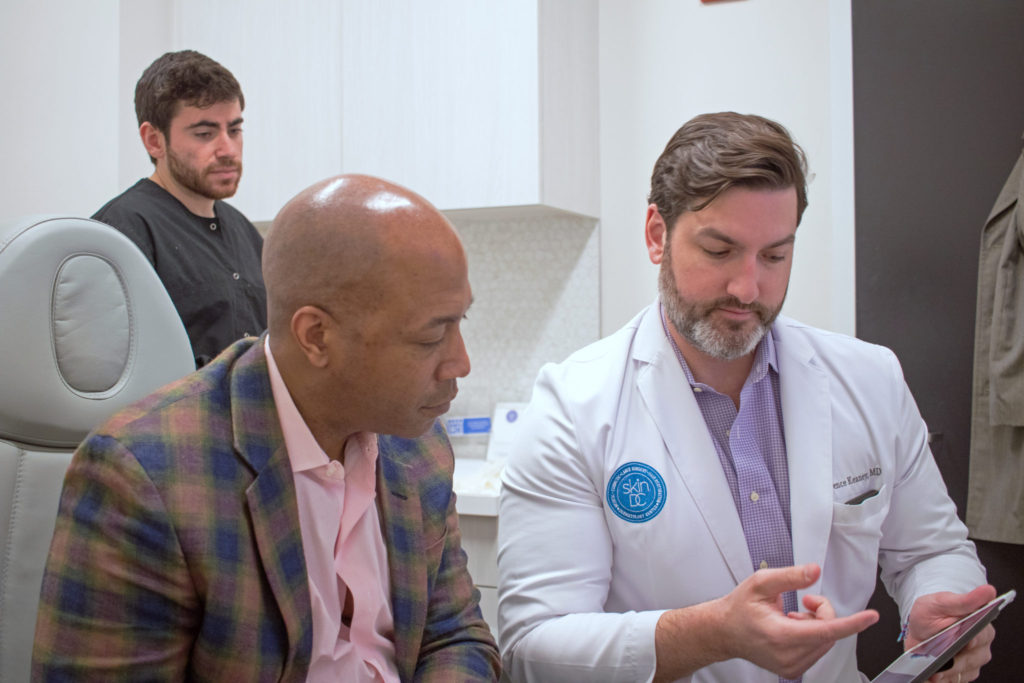
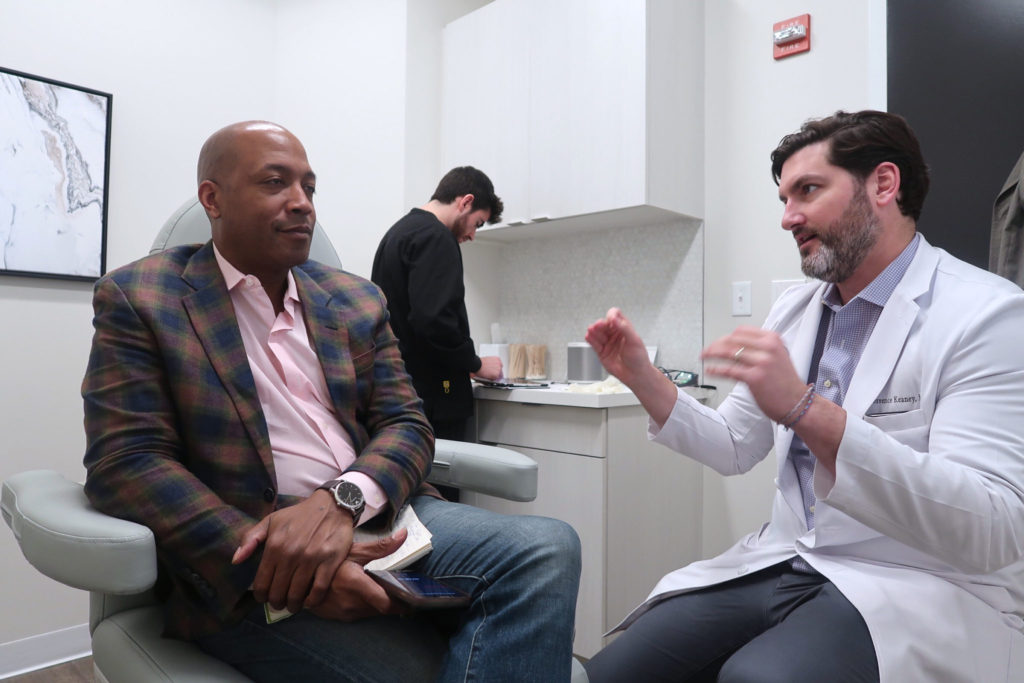
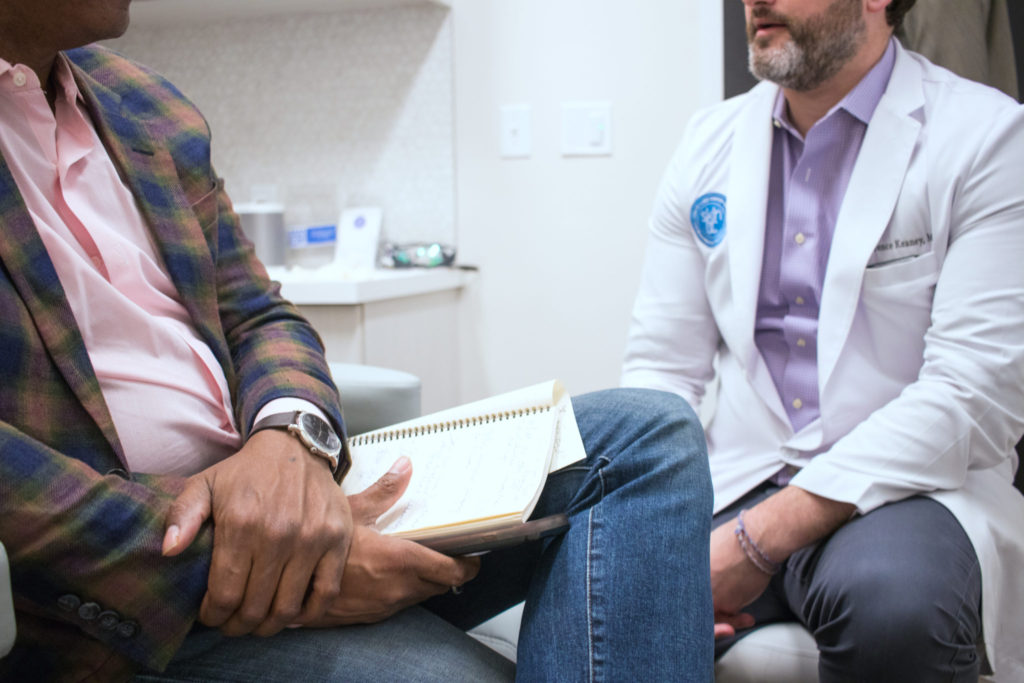
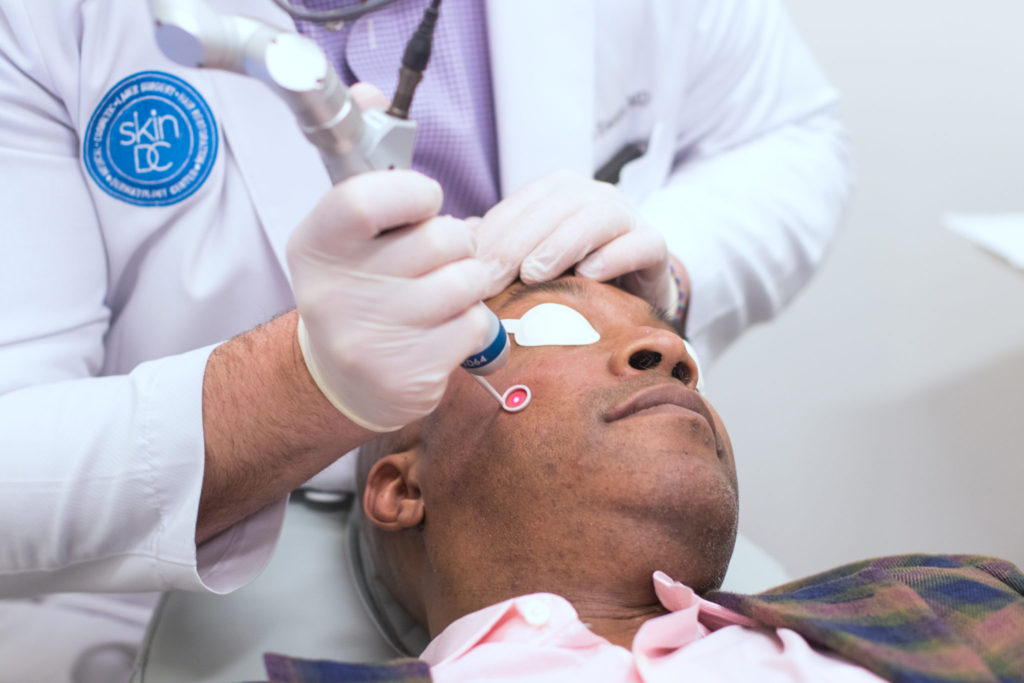
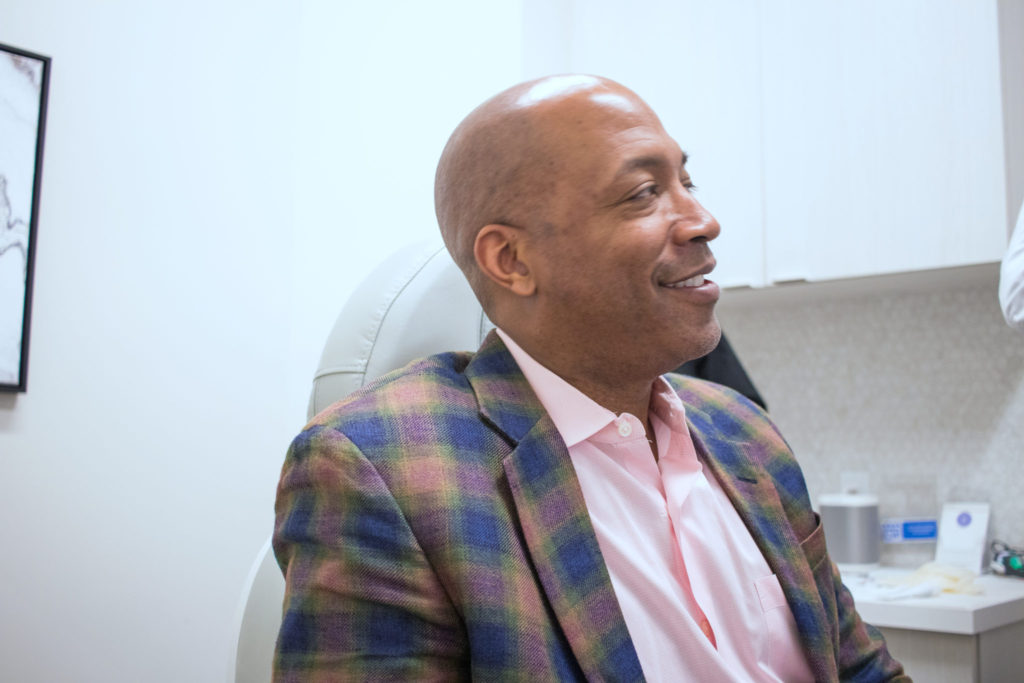
4 comments
This is awesome bro!
Thank you my friend!
[…] (adsbygoogle = window.adsbygoogle || []).push({}); (adsbygoogle = window.adsbygoogle || []).push({}); This is only a snippet of a Men’s Fashion Article written by dcfashionfool Read Full Article […]
[…] Understanding non-surgical male cosmetic treatments […]
Comments are closed.